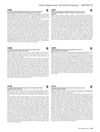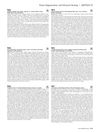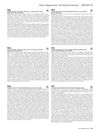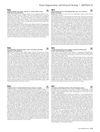Non-Coding Double Stranded RNA Induces Retinoic Acid Synthesis and Retinoid Signaling to Control Regeneration
April 2019
in “
Journal of Investigative Dermatology
”
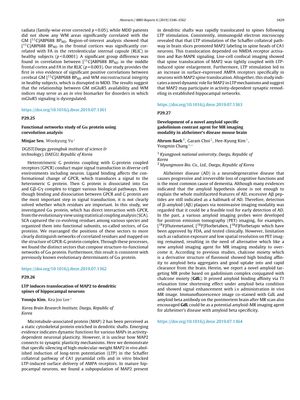
TLDR Non-coding RNA boosts retinoic acid production and signaling, aiding regeneration.
The document presents several scientific findings. One study provides the first in vivo evidence of significant positive correlations between cerebral gray matter (GM) [¹¹C]ABP688 BPND and white matter (WM) microstructural integrity in healthy subjects, which is disrupted in patients with major depressive disorder (MDD). Another study investigates the G protein's functional networks through coevolution analysis, identifying distinct sectors that compose the structural-to-functional networks of the Ga protein. A third study demonstrates that long-term potentiation (LTP) induces the translocation of microtubule-associated protein (MAP) 2 to dendritic spines of hippocampal neurons, suggesting a dynamic role for MAP2 in LTP mechanisms and synaptic remodeling. Lastly, a novel amyloid-specific gadolinium contrast agent for magnetic resonance imaging (MRI) in Alzheimer's disease mouse brain is developed, showing potential as an amyloid-MR imaging agent with amyloid beta specificity.


